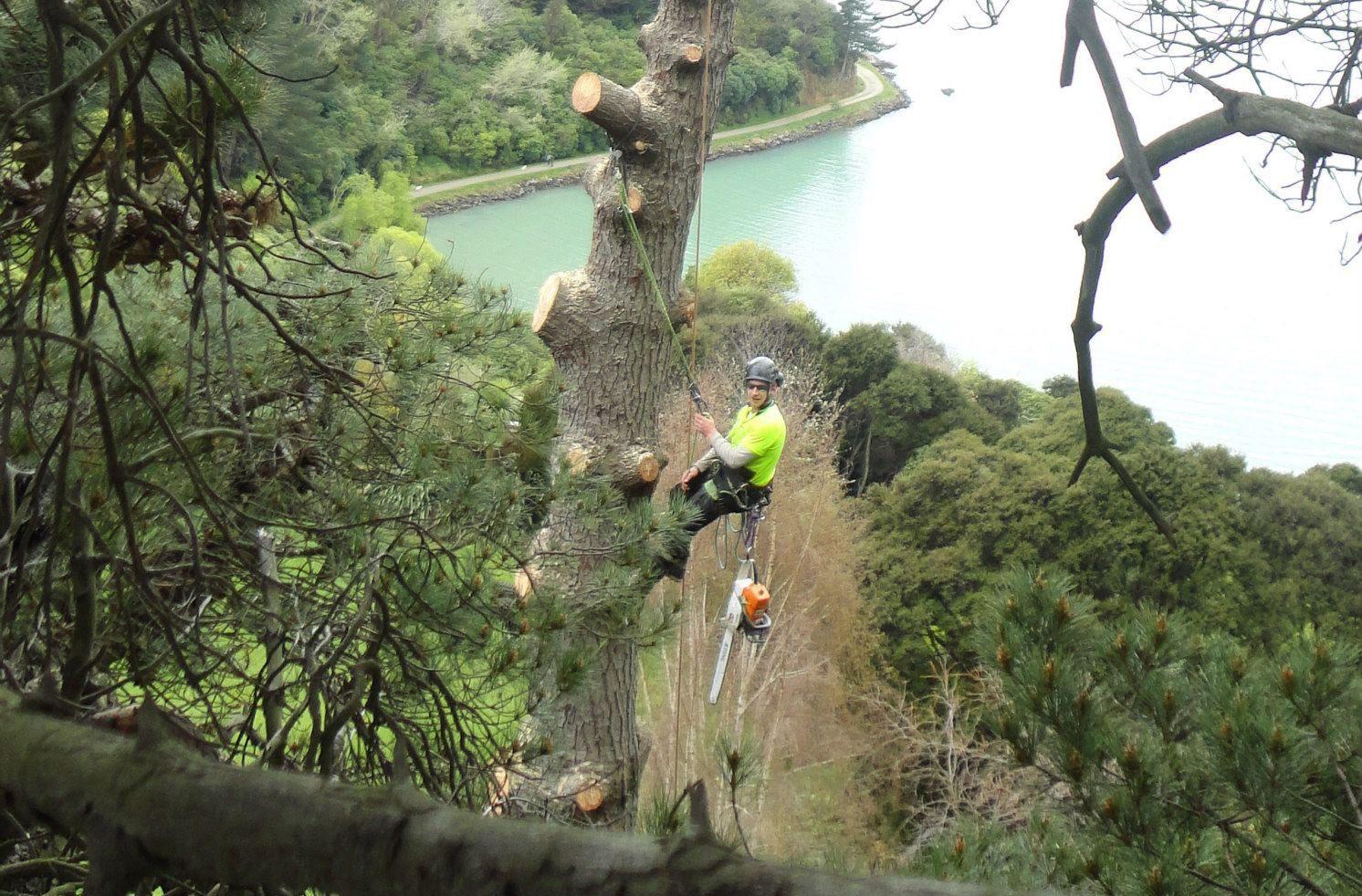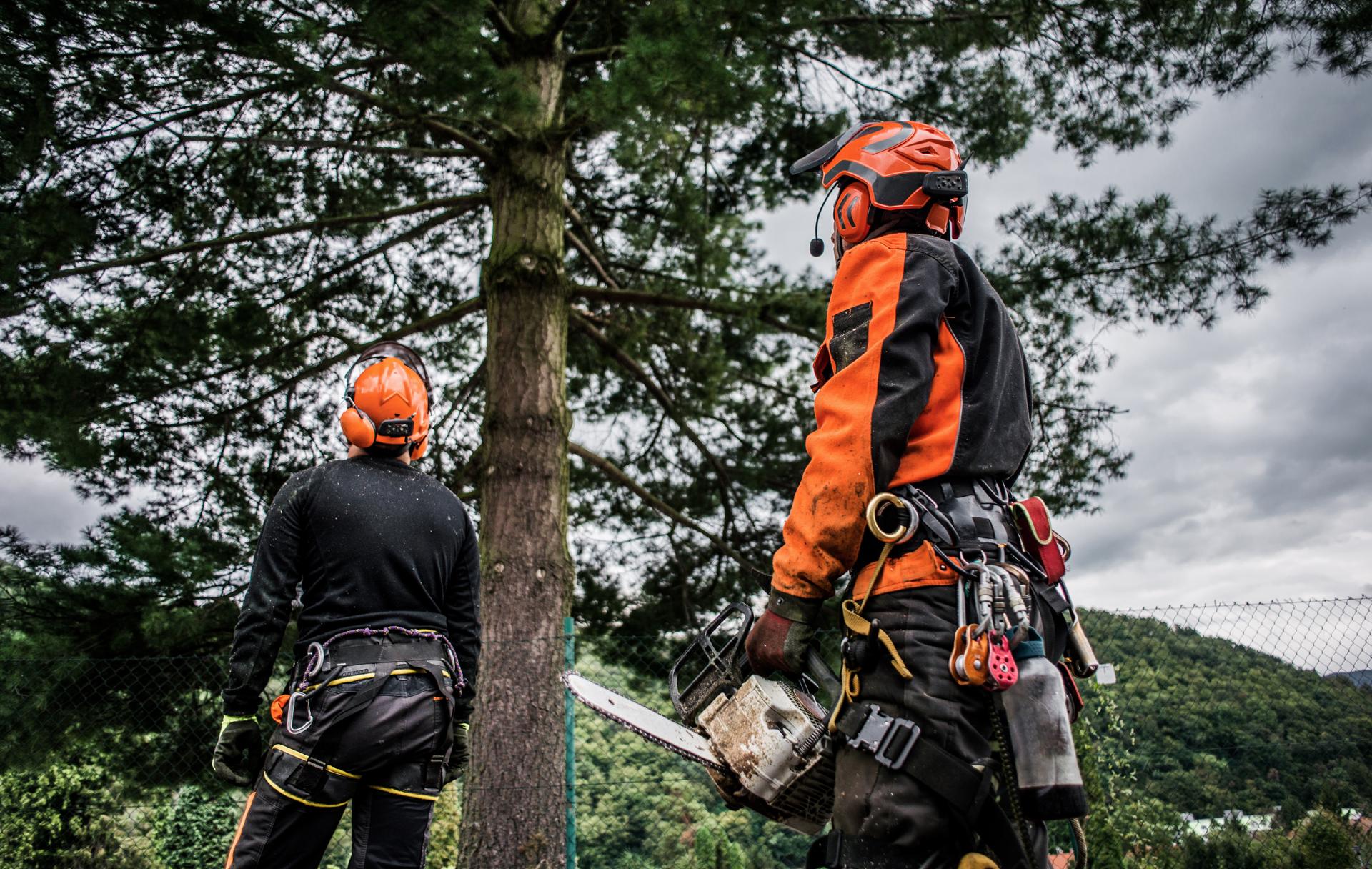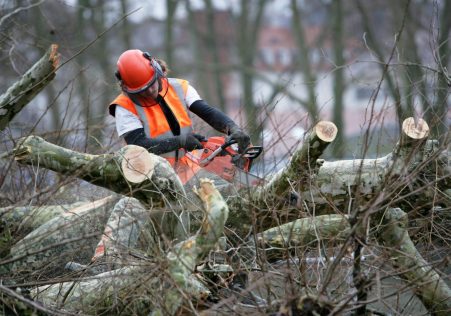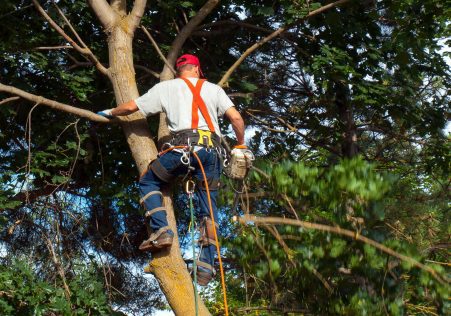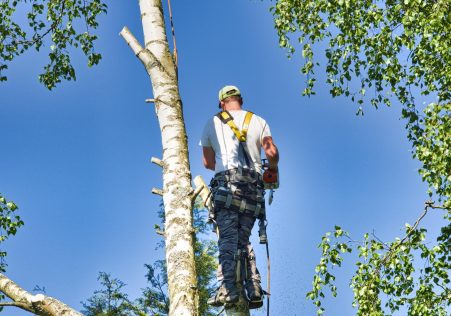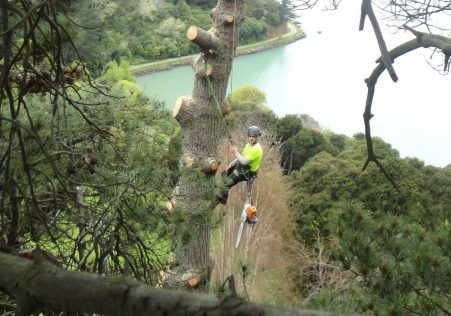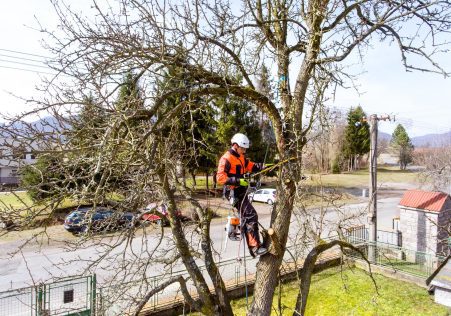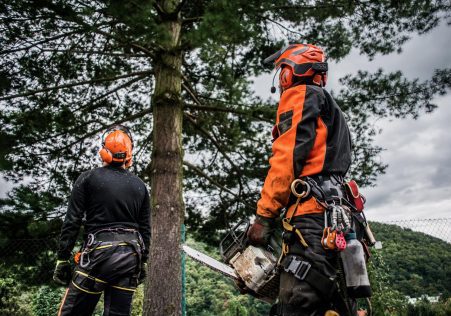The significance of protecting Trees and How to Identify These Trees
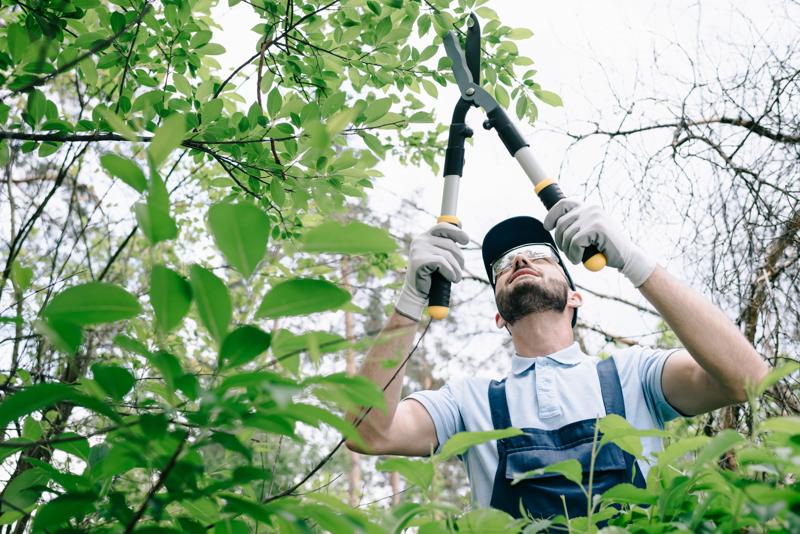
Trees play an essential role in our environment by providing shade, fresh air, and aesthetic value to our surroundings. However they are not all equal and some carry an additional status of protection, making it illegal to do any work without obtaining permission. If you are considering having a tree removed it is crucial to be aware of the protection status of the tree you’re considering and the steps you have to follow to be in compliance with the legal requirements. This article we’ll help you understand the steps to determine if trees are protected and what you will need be doing to make sure that you are acting within the law.
What is a protected tree?
A protected tree is one that can be subject to specific laws and regulations It is illegal to work on a protected tree without obtaining the necessary permissions. There are two kinds of protection a tree might have: preservation and protection orders that are statutory.
Protection under the law
Under legal protection trees are protected by law and are subject to Tree Preservation Orders (TPOs). TPOs are put in place by local authorities in order to protect trees of significant public value and to ensure that they are not damaged or destroyed.
Preservation orders
Preservation orders are like TPOs in that they are set up through the secretary of state for the Environment. Preservation orders for trees are considered to have an exceptional worth and are therefore protected from any kind of work, including felling.
How can I tell when a tree is in danger?
To determine if the tree is protected, you must to determine if the tree is in the process of being subject to a TPO or preservation orders. This can be accomplished by contacting the municipal authority, and asking them to search their records.
TPO search
To search for an TPO to locate one, contact an Tree and Woodland Officer from your local authority. They will be able to tell you whether the tree is in the protection. They’ll also be able advise you on the next steps to do if your tree is protected.
Preservation order search
To search for a preservation order, you will need to contact the Secretary of State for the Environment. They will be able to determine whether the tree is protected and give you the required information and guidelines.
FAQs:
What happens if I conduct work on a tree that is protected without permission?
If you carry out work on a protected tree without obtaining the necessary permissions, you could face significant fines, and possibly even jail time.
Can I appeal an TPO and/or preservation order?
Yes, you are able to appeal to a TPO or preservation or TPO if you believe it’s not justifiable. But, you’ll need be able to present evidence to back your argument and demonstrate why it is not necessary to appeal the TPO or the preservation decision isn’t necessary.
Can I take down a protected tree?
It is against the law to remove a protected tree without obtaining the necessary permissions. If you need the tree to be removed, you will need to apply for permission and provide proof to back your claim.
Conclusion
In the end, determining if the tree is protected is a vital aspect in ensuring that any tree work is legally completed. By understanding the different types of protection and the best way to check for them, you can ensure that you are acting within the law and are protecting the trees that you are responsible for. If you’re not sure about the nature of the protection of a tree, we recommend consulting a reputable tree specialist such as Eastern Suburbs Tree Removal. Our team of experienced arborists will be able to inform you about the protection status of your trees, and will guide you through the required steps to make sure you’re complying with the laws. With our expertise and commitment to provide high-quality tree services we will help you keep the beauty and worth for your tree. Contact us today by calling 1300 636 143 to schedule a consultation and let us guide you on how to ensure that your trees are protected and healthy.

